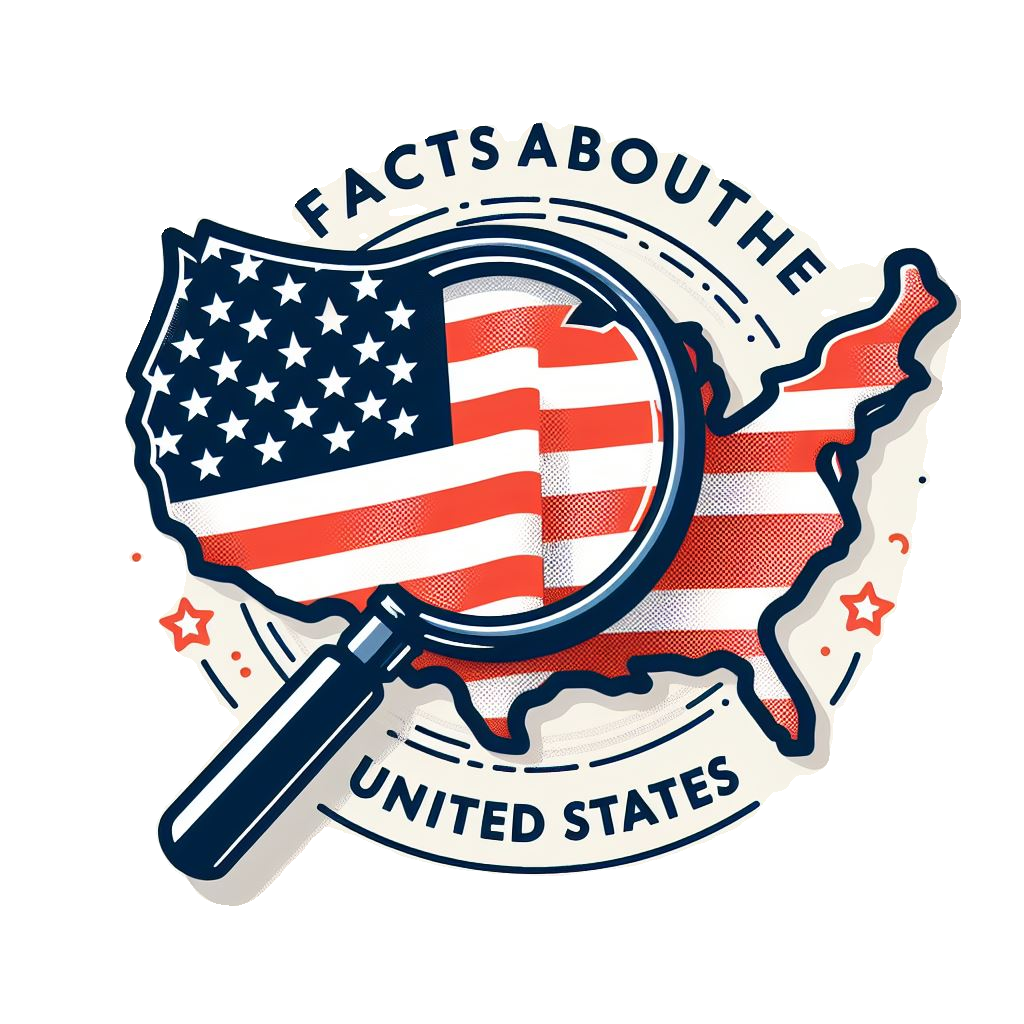Understanding the United States: A Comprehensive Overview
The United States stands as a formidable entity on the global stage, characterized by its vast landscapes, diverse population, and influential cultural and economic footprint. This article delves into the multifaceted nature of the United States, exploring its geography, history, governance, economy, and more, to provide a nuanced understanding of this complex nation.
Geography
Spanning a vast area of approximately 3.8 million square miles, the United States is the third-largest country by land area. It comprises various geographic regions, each with distinct features. The Northeast is known for its dense urban centers and historical significance, while the Midwest, often referred to as “America’s Heartland,” features expansive plains and is a major agricultural hub. The South boasts a warm climate and rich cultural heritage, and the West is famous for its rugged landscapes and the tech-centric Silicon Valley. Key geographic features include the Rocky Mountains, the Mississippi River, and the Great Lakes, shaping the country’s natural beauty and resources.
History
The tapestry of American history is woven with threads of indigenous cultures, European colonization, and the quest for independence. The revolutionary fervor of the late 18th century birthed a new nation, which then expanded westward, driven by the concept of Manifest Destiny. The Civil War and Reconstruction era redefined the nation’s values and governance. The 20th century was marked by industrial growth, participation in world wars, and significant social movements, including the Civil Rights Movement. The United States’ recent history is characterized by technological innovation and a reevaluation of its role on the global stage.
Government and Politics
The United States is a federal republic, with a government structure defined by the separation of powers among the executive, legislative, and judicial branches. The Constitution, along with the Bill of Rights, lays the foundation for the country’s laws and civil liberties. The nation’s political landscape is predominantly shaped by two major parties: the Democrats and the Republicans. America’s electoral system, state, and local governance also play crucial roles in its democratic process. Internationally, the U.S. is a key player in various organizations, influencing global policy and diplomacy.
Economy
With one of the largest and most dynamic economies in the world, the U.S. economy is a cornerstone of global finance. It is home to major industries such as technology, finance, manufacturing, and agriculture. The country’s economic policies, including trade agreements and fiscal measures, significantly impact international markets. Employment trends and the labor market reflect the evolving nature of work, particularly with advancements in technology.
Society and Culture
The United States is a melting pot of cultures, with a demographic landscape shaped by centuries of immigration. Its education system, from public schools to prestigious universities, plays a vital role in fostering innovation. The healthcare system, media, and entertainment industries are also central to American life, reflecting and shaping societal values. Issues of cultural diversity and social justice continue to stimulate dialogue and change.
Science and Technology
The U.S. has been at the forefront of scientific and technological advancements, from the development of the internet to space exploration. Organizations like NASA symbolize the country’s commitment to pushing the boundaries of what’s known and possible. The growth of Silicon Valley and the tech industry has redefined the global economy and communication, highlighting the importance of innovation.
Military
The United States possesses the world’s most powerful military, with a significant presence in global affairs and defense. Its historical and current military engagements reflect the nation’s strategic interests and its role as a global superpower. The defense budget and advancements in military technology underscore the importance of security in national policy.
Infrastructure
The country’s extensive infrastructure, including highways, airports, and energy systems, facilitates commerce and connectivity. Investments in renewable energy and telecommunications are vital for sustainable growth and reflect the evolving priorities of the nation.
Conclusion
The United States, with its rich history, diverse population, and influential global presence, continues to face challenges while seizing opportunities for progress. Understanding the complexity of this nation requires examining its many facets, from geography and government to culture and economy. As the United States moves forward, it remains a key player on the world stage, shaping and being shaped by global dynamics.




